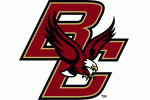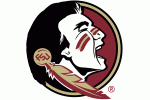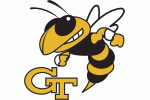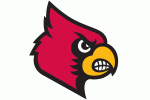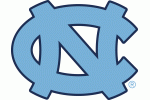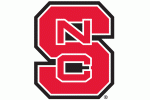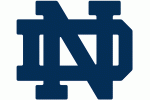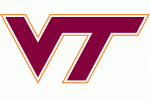The practice of looking at the rules that exist and the possibility of making changes to those laws can sometimes be something that can split opinions.
Indeed, there are certain rules that many will argue are long overdue when it comes to being reviewed, whilst there are some that would suggest there are certain rules that do not need to be touched and are perfectly fine as they are.
Rule changes can have a positive impact on a number of aspects of the game, which could also help to make the sport more appealing for those who place wagers using Oddsshark.com, as they can make the matches played become more interesting. Equally, they can have a detrimental impact on the sport, too, as they can be rather negative at times and potentially turn fixtures into events that become hard to enjoy and watch.
Nonetheless, it would seem that there is potential that some rule changes are on the horizon for the college American football game, with the NCAA Football Rules Committee proposing a number of changes that could be in place for the upcoming 2022 season.
Although the proposals would have to be approved by the Playing Rules Oversight Committee, it seems they are looking to make changes to the laws in regard to cut blocking, defensive holding, targeting suspension, faking injuries, and those who try to make a fashion statement with their uniform.
Some might question why there are so many, but it is simply the year that it is possible to do so as changes can only be made every other year.
Targeting is achieving the most traction
Currently, the rule change proposal to be receiving a lot of attention and traction at the moment is the one regarding targeting. The current proposal to have been brought to the table is for a conference to appeal to the National Coordinator of Officials for football to review a targeting foul assessed in the second half of the game.
If the foul is overturned, it would then allow the player to be permitted to play the first half of the college’s next football match, instead of requiring them to sit out the first half as they are currently forced to do so. However, there may be some opposition to this rule, as some might want the same treatment for first-half targeting fouls, too. Currently, these are not reviewable, therefore some will argue second-half targeting fouls should not be, either.
With player safety at the core focus, targeting will always remain an area of concern for the NCAA as it has been revealed that there is around a 15% chance of concussion occurring on a play where a targeting foul takes place, versus a 0.3% chance of concussion on any other type of play.
Further changes to the Blocking rules
As mentioned, there are a host of different rule changes being proposed by the NCAA Football Rules Committee currently, with blocking also on the agenda. Changes have already been made to blocking in the past, but it seems they want to continue the trend and make blocking below the waist to be restricted to linemen and backs only within the tackle box.
Interpretation of the voluntary slide
Furthermore, other rule changes include the interpretation of the voluntary slide rule that would declare a runner down being at the start of the slide, whilst a defensive holding penalty would result in an automatic first down as well as remaining a 10-yard penalty.
Uniform proposals
Fashion - as in player uniforms - is another area the NCAA Football Rules Committee has looked at, with it being suggested that the league takes the same approach as the NFL in regard to how socks are required to cover the leg from the player’s cleats to their knees.
Faked injuries
Feigning injury has been a problem that the NCAA Football Rules Committee has continued to struggle to overcome, with the committee having been resistant to introducing penalties for players, as this could discourage those who are actually hurt from leaving the field.
They have since proposed a reporting and investigation process that would allow teams to report to the National Coordinator of Officials, who would then provide their findings. Any penalties would then be up to the school that was found guilty of faking the injury; this could be a suspension or a fine.
What happens next?
The next Playing Rules Oversight Committee will meet on April 20, where they will discuss each of the proposals that have been brought forward by the NCAA Football Rules Committee and decide whether to introduce them or not.
If they decide to adopt any of them, then those that are accepted will come into effect immediately and be in place from the beginning of the 2022 NCAA season.


